
Dulce de leche is one of those magical ingredients that brings a perfect caramelized sweetness and creamy texture to any dessert. If you’ve ever wondered how to make this luscious treat at home, you’re in the right place. Inspired by John Kanell from Preppy Kitchen, this guide shows you two super easy methods to create your own dulce de leche using just sweetened condensed milk. Whether you prefer the slow simmer or the oven bake method, this post will walk you through every step, so you can impress your taste buds and your guests alike.
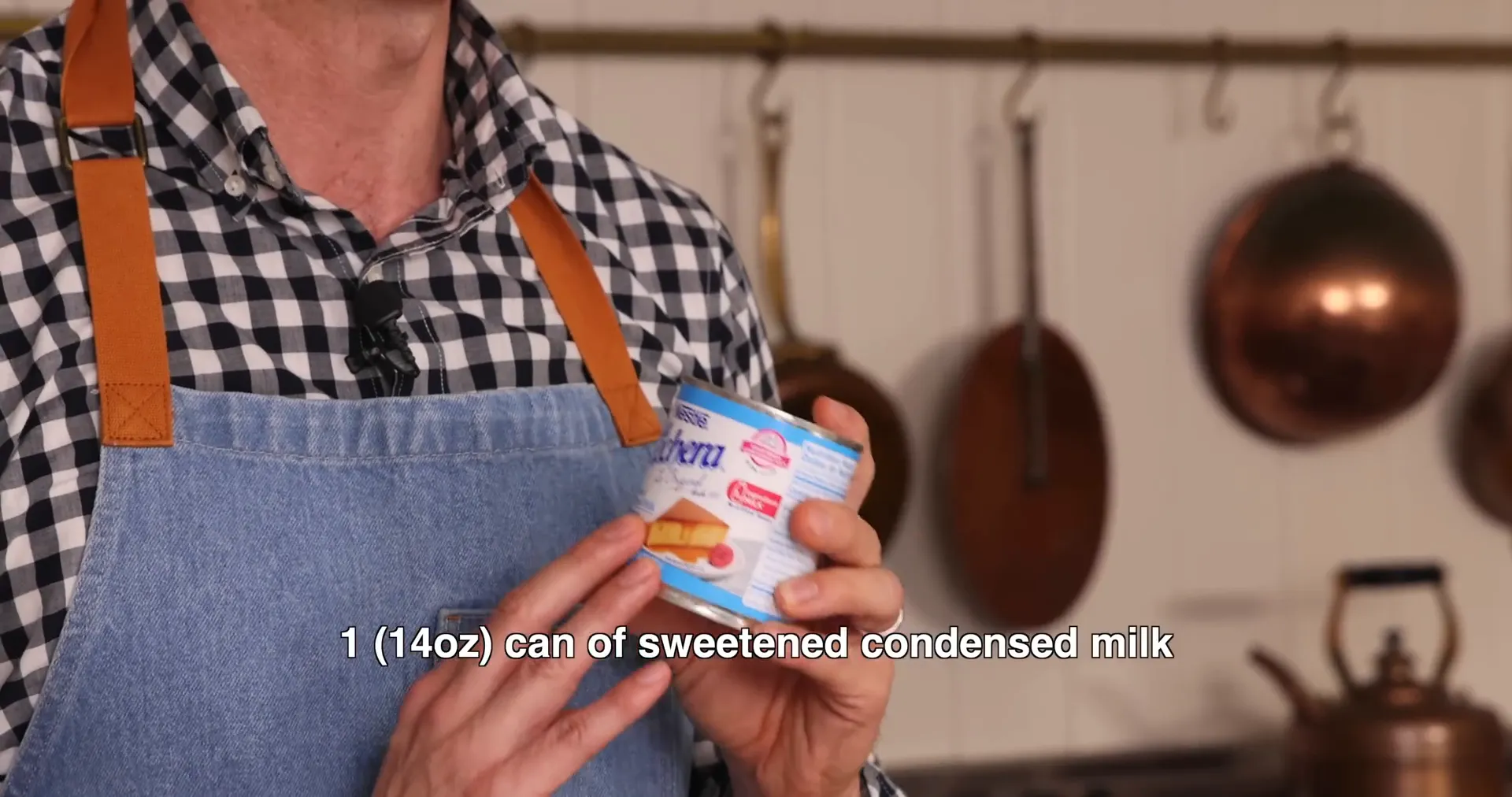
What is Dulce de Leche and Why Make It at Home?
Dulce de leche is essentially sweetened condensed milk that’s been cooked slowly until it caramelizes into a thick, creamy, nutty confection. Unlike regular caramel, which is just cooked sugar, dulce de leche develops its deep flavor through the Maillard reaction—the interaction between sugars and milk proteins—which adds a rich, milky caramel taste.
While you can sometimes find dulce de leche in the Latin section of your supermarket, it’s often missing or not quite fresh. Making it at home gives you full control over the flavor and consistency. Plus, it’s incredibly versatile! Use it in cinnamon rolls, tres leches cake, alfajores (shortbread cookies filled with dulce de leche), or even stirred into your coffee for a sweet kick.
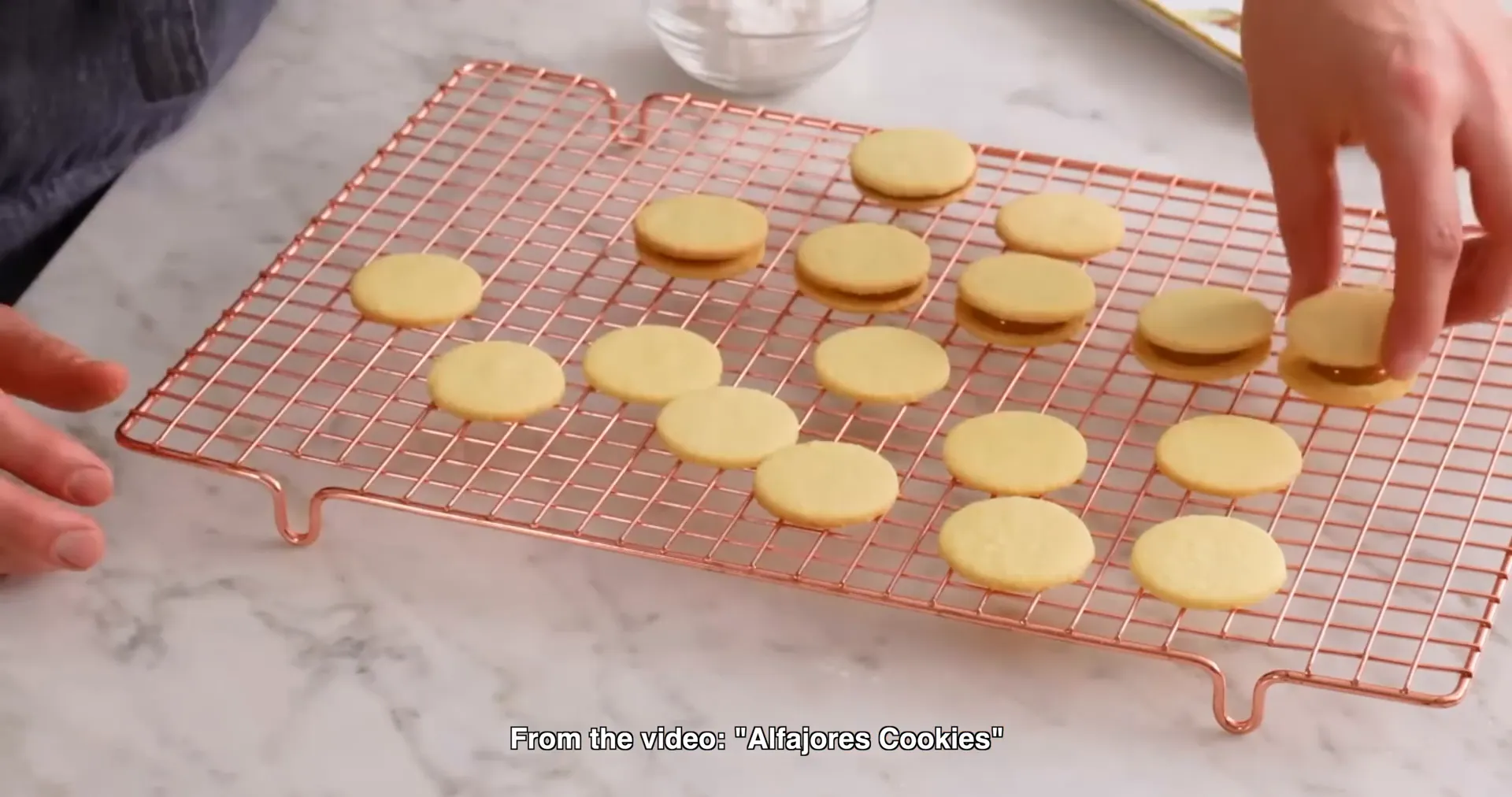
Two Easy Ways to Make Dulce de Leche
John Kanell shares two foolproof methods to make dulce de leche from sweetened condensed milk: boiling the unopened can and baking the milk in the oven. Both methods produce delicious results, but each has its own perks and considerations.
1. The Boiling Method: Slow Simmer for Shelf Stability
Start by grabbing one or more cans of sweetened condensed milk. For safety, use cans without pull tabs to avoid any risk of the lid popping off under heat pressure. Remove the labels, place the cans in a pot, and cover them with 1 to 2 inches of water.
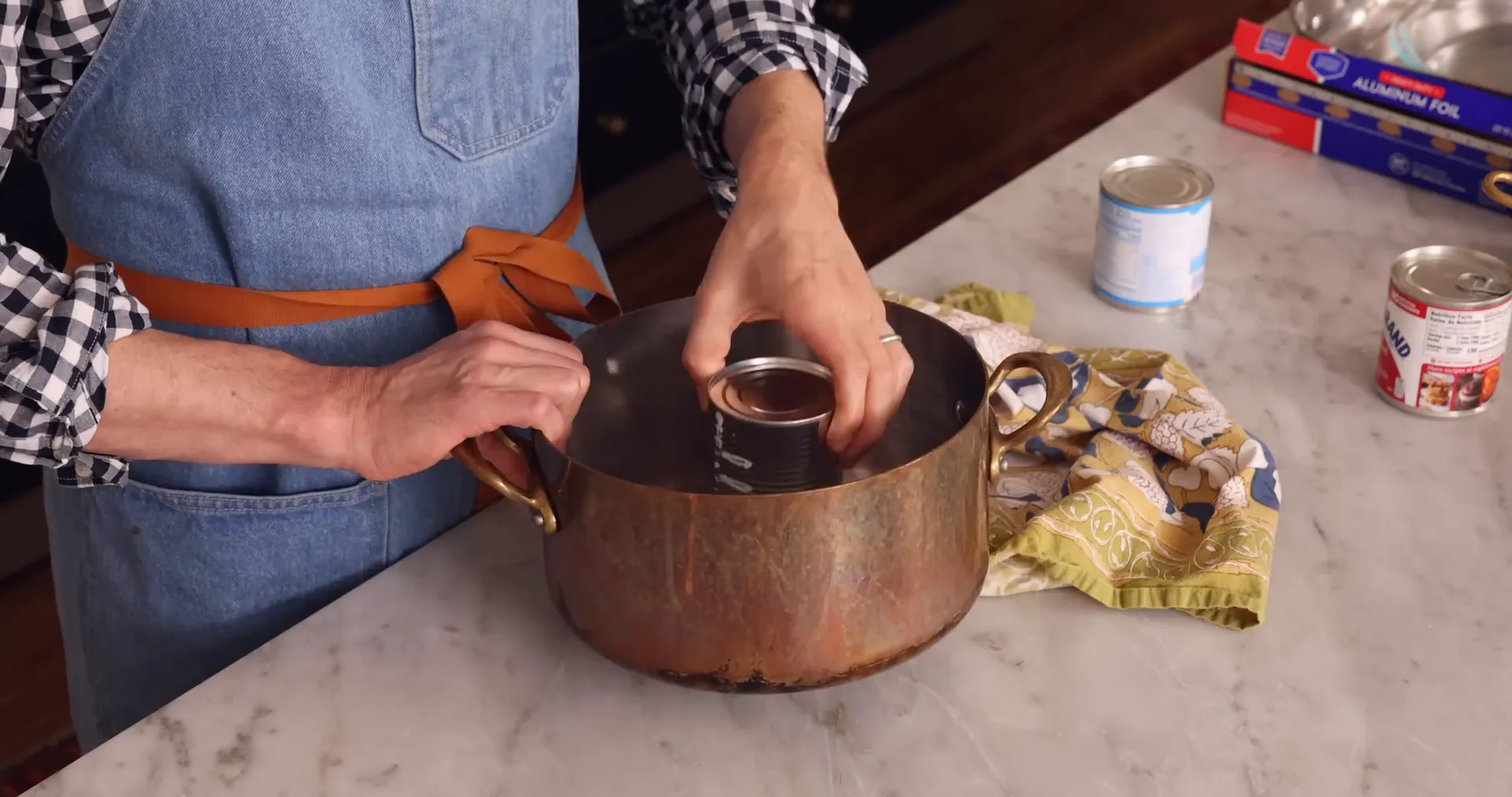
Fill the pot with enough water to keep the cans fully submerged throughout cooking. Bring the water to a boil over medium-high heat, then reduce it to a gentle simmer. This low and slow cooking process is key to developing that beautiful caramel color and flavor.
Keep an eye on the water level, topping it off with hot water as needed to maintain coverage. This prevents the cans from overheating and ensures even cooking. You can boil for two hours for a lighter caramel or up to three hours for a deeper, richer flavor.
One of the biggest advantages of this method is that the dulce de leche remains sealed in its can, making it convenient to store in your pantry. Unopened, the dulce de leche can last up to three months. Once opened, transfer it to a sealed container and refrigerate for up to two weeks.
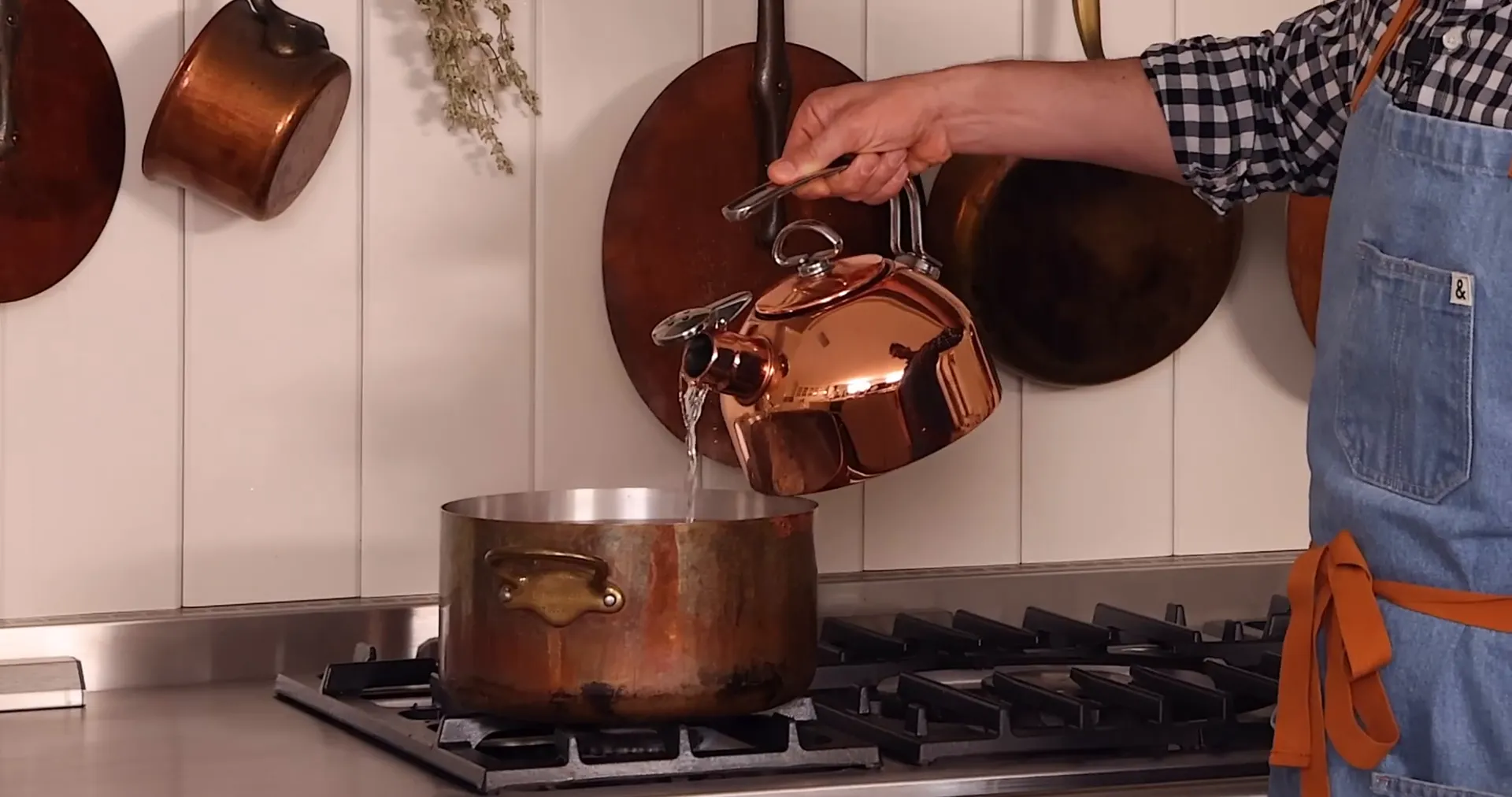
2. The Baking Method: Faster and Perfect for Immediate Use
For those who want dulce de leche a bit quicker and plan to use it soon, the baking method is a fantastic choice. Open a can of sweetened condensed milk and pour it into a pie dish. To get every last bit out, try swirling a double shot of espresso in the empty can and add it to your coffee—delicious!
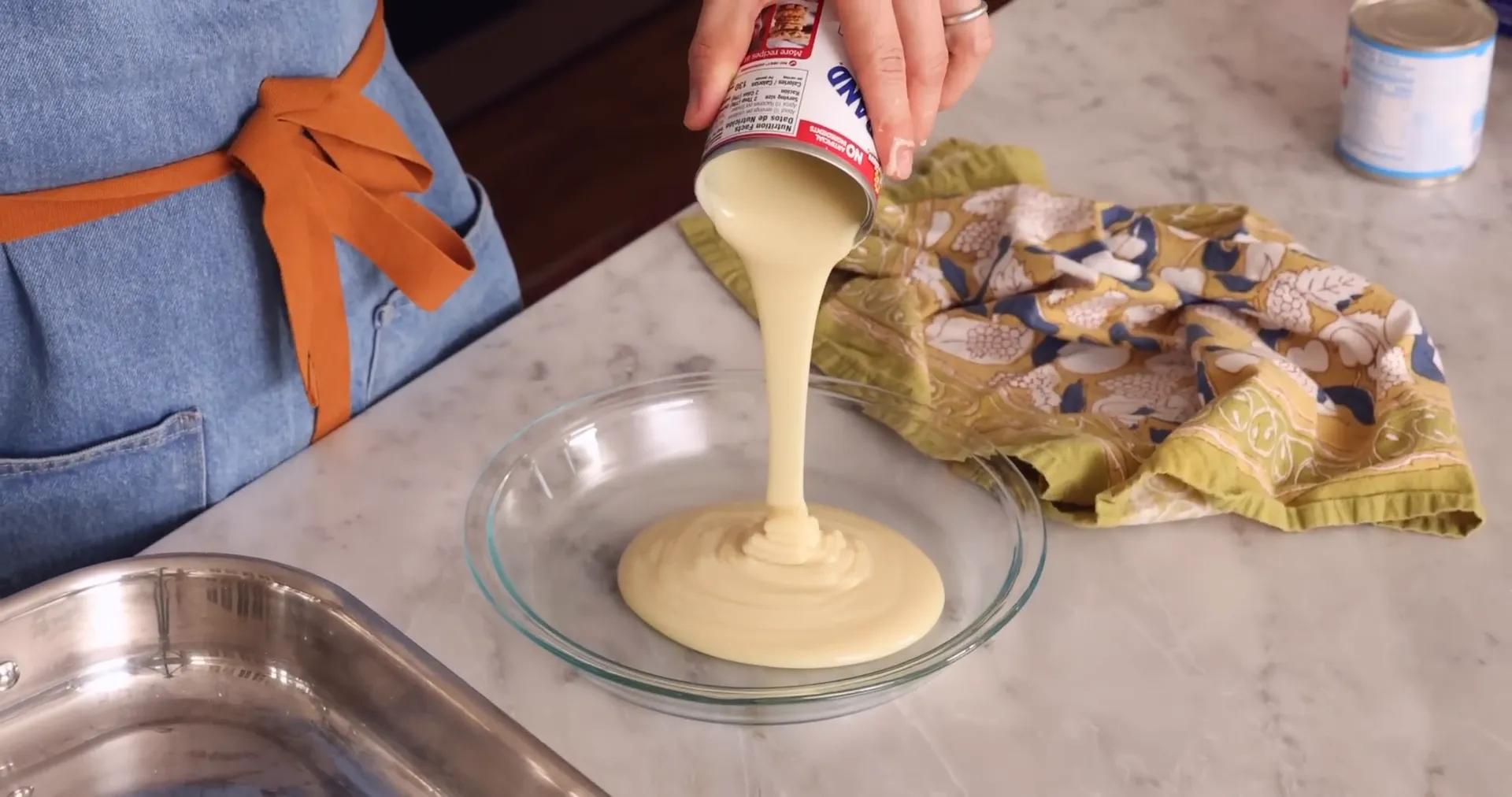
Cover the dish tightly with foil to keep the milk moist during baking. Place the dish in a roasting pan, then fill the pan with hot water about halfway up the sides of the pie dish. This water bath helps regulate temperature for even, gentle cooking and prevents the edges from overcooking.
Bake in a preheated oven at 425°F (220°C) for about an hour and 45 minutes. Adjust the baking time if you want a lighter or darker dulce de leche. Once done, whisk the thicker baked dulce de leche to loosen it up—it becomes silky and smooth, perfect to enjoy straight or use in recipes.
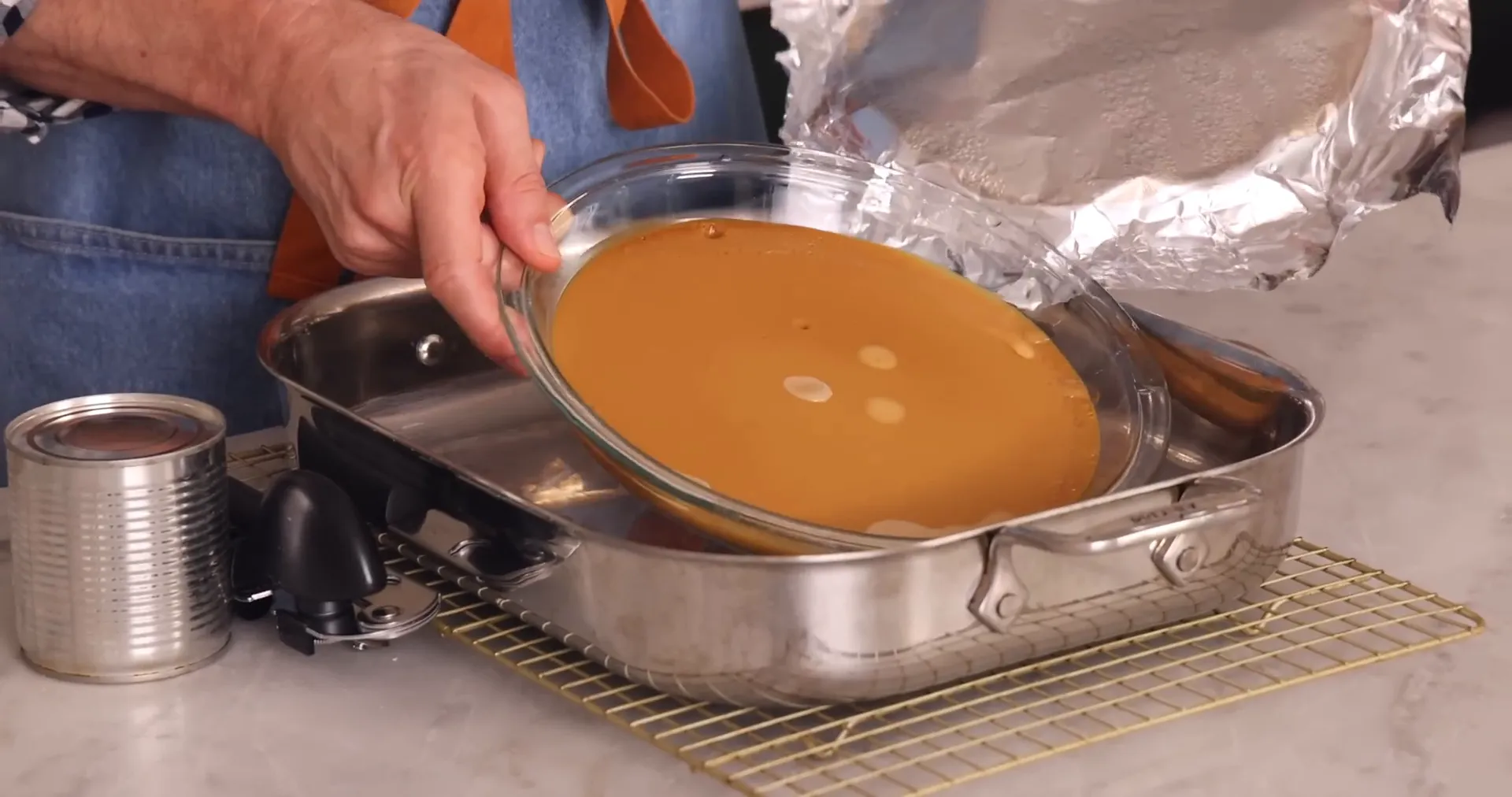
Comparing the Two Methods
Both boiling and baking yield delicious dulce de leche, but there are differences to consider:
- Color and Flavor: Boiled dulce de leche tends to be lighter with a more delicate flavor, while baked dulce de leche is darker, richer, and thicker.
- Storage: Boiled dulce de leche stays sealed in the can and lasts longer in the pantry. Baked dulce de leche must be stored in the fridge and consumed within a couple of weeks.
- Convenience: Baking is less hands-on—no need to watch water levels—but boiling allows you to prepare batches that keep longer.
Tips for Enjoying Dulce de Leche
Dulce de leche is incredibly versatile and can elevate many desserts and drinks. Here are some ideas to get creative:
- Spread it on cinnamon rolls for a mind-blowing twist.
- Use it as a filling for alfajores or shortbread cookies.
- Mix it into coffee or espresso for a caramel-flavored treat.
- Substitute it in any recipe that calls for sweetened condensed milk to add extra depth.
Its perfectly balanced sweetness and creamy texture make it a delightful accompaniment to cakes, cupcakes, sundaes, and more.
Ready to Sweeten Your Cooking Adventures?
Making dulce de leche at home is easier than you think, and the results are truly rewarding. Whether you choose the slow simmer or the oven bake, you’ll end up with a luscious, creamy caramel that’s perfect for countless recipes. Embrace this simple yet magical ingredient, and watch your cooking and recipes come alive with a delicious Latin twist. Bon appétit!
This article was created from the video How to make Dulce de Leche with the help of AI.
How to Make Dulce de Leche: A Sweet Guide to Cooking, Recipes, Bon Appetit. There are any How to Make Dulce de Leche: A Sweet Guide to Cooking, Recipes, Bon Appetit in here.
